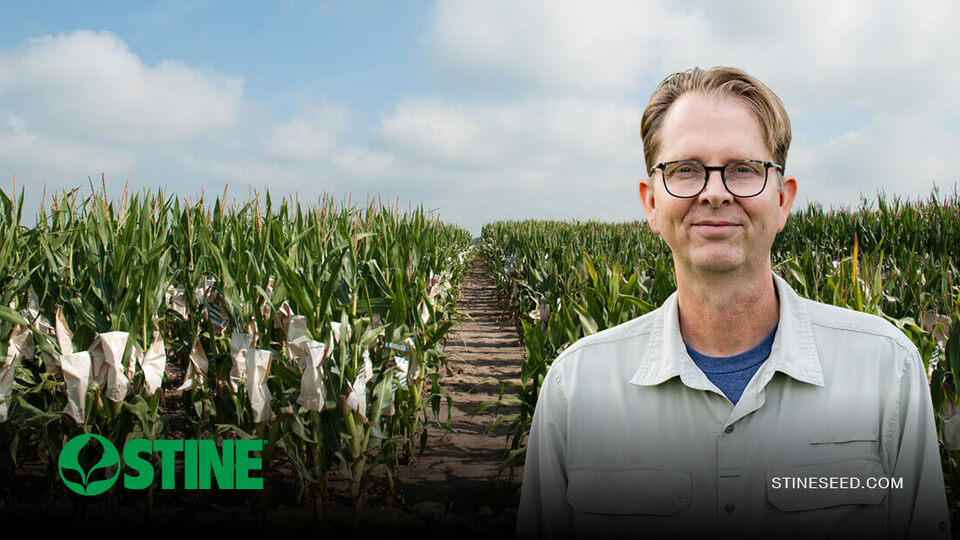We’re 20 days out from the first day of spring. That means it’s time to dust off your planting plan. One of the big-ticket items on your checklist as spring rolls around should be to prepare your equipment for what lies ahead. Here are some recommendations to ensure your field and equipment are ready to go come spring planting season.
- Make sure the software is up to date. If you are using a variable rate or precision planter, make sure everything is properly programmed and in working order. If you don’t have this technology for your planter, look at your field maps and make adjustments manually. Calibrate all meters and field-mapping software. Make sure that all adjustments are made prior to planting to ensure proper seed placement and desired population.
- If you’re a no-till grower, make sure you’ve prepped your planter so that it will achieve proper soil penetration and seed placement. Make sure you’ve cleaned the wheels, cut the blades and tested the equipment to make proper seed furrows.
- Check equipment for signs of wear and tear. Check bearings, seals, openers, row cleaners, closing wheels, vacuum/air lines, tires and seed tubes for signs of rust, cracks and loose ends. Fix and/or replace parts as necessary to ensure the equipment runs smoothly and won’t result in uneven spacing or improper seed-to-soil contact.
- Check the field and weather conditions before you plant. If the soil is too wet, you risk side wall compaction which can affect plant stand and emergence. I recommend waiting until the ground temperature holds steady at 50 degrees for at least three days before planting. Ensuring your equipment is operating properly before hitting the field will also help prevent compaction.
- Inclement weather can delay planting, so it’s important to be in contact with your Stine seed representative to discuss corn hybrid and soybean variety placement on each acre. If planting is delayed, you may need to consider a different maturity. If soils are cool, it is important to make sure you are planting a hybrid with a good cold emergence rating. This will help give that field some added vigor when trying to emerge in cooler than desired soil temps. Your Stine sales representative can assist you with any last-minute seed placement decisions.
For more tips for planting season, contact your local Stine sales rep.
Related Articles
-

Use Stine’s XP® seed treatments to prevent early injury to your crops
December 2025 in Agronomy
-

Understanding Stine’s enhanced oil profile soybeans
December 2025 in Agronomy
-

Soil sampling sets the stage for spring
November 2025 in Agronomy
-

Corn production growth paves way for more high-performing Stine® hybrids
November 2025 in Agronomy



